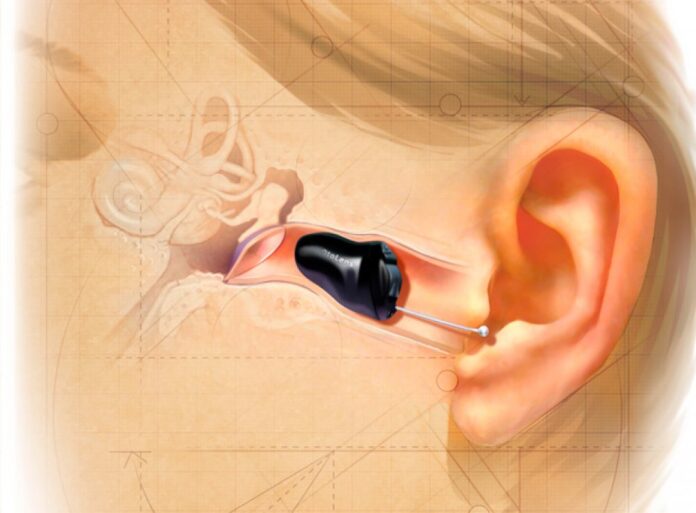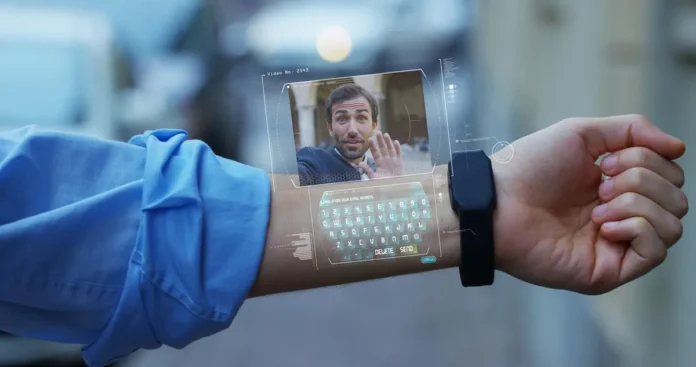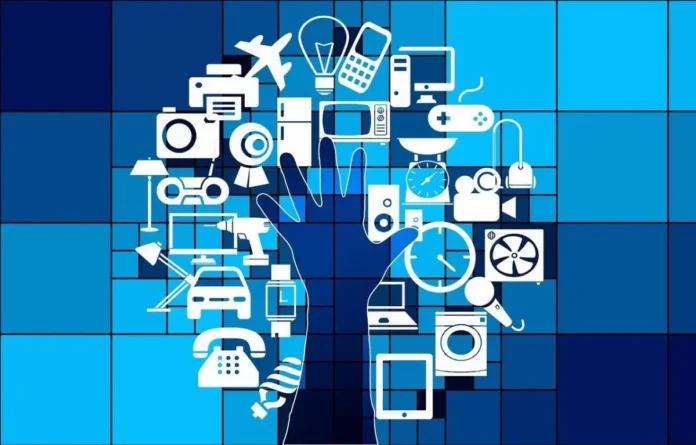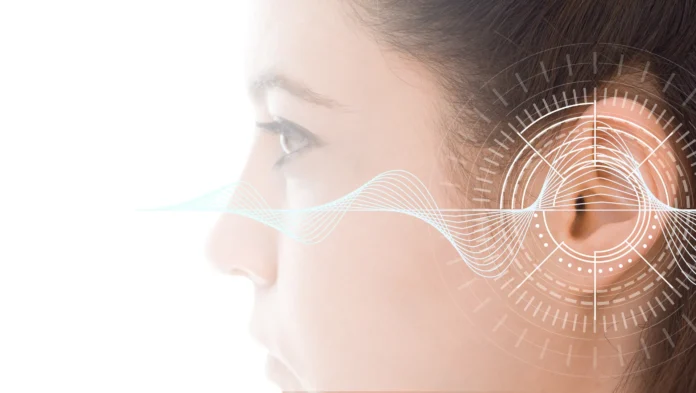With global life expectancy increasing from 46.5 years in 1950 to 71.7 years in 2022, it is no surprise that more healthcare issues are arising among older individuals, and demand for their solutions is greater than ever. Hearing loss remains on top of the list among many common health concerns.
Alongside age, some other contributing factors behind the prevalence of hearing loss include noise exposure and persistent medical disorders. The World Health Organisation estimates that approximately 466 million individuals worldwide have hearing loss that is incapacitating, and that number will increase to 630 million in 2030 and 900 million by 2050. However, because of technology, ingenious solutions for this problem are now available worldwide.
Technology is enhancing the accessibility, efficacy, and usability of hearing loss treatment, from hearing instruments to cochlear implant devices and apps for smartphones. Here are the top eight ways technology will revolutionize hearing loss treatment in 2025.
1. Digital Hearing Aids

Digital hearing aids, like the ones available at hearcanada.com, are significantly more advanced than analog ones and process sound in real-time using advanced algorithms. They can be efficiently designed to adjust to the wearer’s particular requirements, such as boosting specific frequencies or lowering background noise. For people with diminished hearing, this level of adjustability makes listening much more bearable.
Digital hearing aids are also discreet, light, and comfortable, making them ideal for general users and people who may feel embarrassed about their hearing loss. Users can opt for in-ear and invisible hearing aids, as per their preference.
The lifespan of digital hearing aids has also risen, with some models lasting up to 10 years or longer. This means that users will need to replace their hearing aids less frequently and will save money overall.
2. Cochlear Implants
Cochlear implants are a viable therapy option for those with severe hearing loss. An electrode array is inserted inside the inner ear along with a cochlear implant surgically installed behind the ear. The system stimulates the auditory nerve instead of the damaged hair cells in the ear. For those who cannot use hearing aids, cochlear implants may significantly enhance hearing.
3. Remote Programming
Many digital hearing aids can be programmed remotely. It enables users to modify their hearing aids’ settings via a smartphone app or remote control. It also permits the audiologist to do so without the wearer having to go to the clinic, which further helps make healthcare accessible.
4. Tele-audiology
Teleaudiology grew in popularity during the COVID-19 pandemic because it allowed people to receive hearing healthcare while adhering to social distancing. This is a form of telehealth service that enables hearing healthcare specialists to diagnose and treat hearing loss remotely.
Teleaudiology reduces travel, which is especially problematic for those who have frequent appointments or hearing aid adjustments. Through Teleaudiology, patients can communicate with their hearing healthcare providers in real-time by using video calls or smartphone apps. Teleradiology can provide several services, such as hearing testing and hearing aid.
5. Artificial Intelligence
Artificial intelligence (AI) is increasingly playing a key role in hearing health solutions now. AI algorithms are now used to increase the accuracy of hearing exams, enabling more precise diagnosis and treatment strategies. The user’s hearing test results and individual listening preferences can be used to identify the best hearing device settings, which can improve the fitting procedure for hearing aids.
AI may also adjust to the wearer’s hearing environment in real-time, making the required adjustments to guarantee the wearer hears best. It can create a more individualized listening experience by employing machine learning to continuously learn from and adjust to the wearer’s preferences over time.
6. Wearable Technology

Wearable technology for those with hearing impairments, such as watches and earphones, is growing more popular. Newer features on these gadgets, like noise-canceling technology and voice augmentation, can help people hear and communicate more clearly. They can also stream audio directly to cochlear implants or hearing aids using sophisticated technological tools.
Wearable technology enhances hearing and tracks the wearer’s health and fitness statistics, enabling them to monitor their overall welfare. With wearables providing helpful information on the wearer’s general health situation, combining health monitoring with hearing technologies could result in more individualized and integrated healthcare solutions.
7. Internet of Things (IoT)

The Internet of Things (IoT) is revolutionizing how we use technology, and hearing aids are certainly not an exemption. Hearing aids can now be linked to other gadgets like smartphones, TVs, and home automation systems thanks to IoT. This integration enables users to control their hearing aids with spoken commands, which can be very useful for people who have trouble moving around or using their hands deftly. In addition, real-time environment adaptation is made possible by IoT connectivity, allowing hearing aids to move from a noisy restaurant to a quiet room. This makes hearing aids much more practical and accessible.
8. Gene Therapy

Gene therapy is an intriguing new treatment option for those who have lost their hearing. In this procedure, damaged inner ear cells are repaired or replaced by injecting healthy genes into the area. Gene therapy has demonstrated encouraging effects in animal research, despite being in its early stages of development, and clinical trials are now being conducted.
Gene therapy could permanently treat particular kinds of hearing loss, including genetic hearing loss caused by abnormalities in specific genes. It might also be combined with other therapies, including cochlear implants, to boost the efficacy of those therapies. Gene therapy shows enormous potential for treating hearing loss in the future, even though many obstacles remain to be addressed, including safety issues and the creation of specialized delivery systems.
Endnote
In this era of digitalization and AI, health-tech solutions are the answer for hearing impairment or hearing loss. Technology is rapidly transforming how hearing loss is managed and improving the lives of persons with hearing loss in several ways, including digital hearing instruments, cochlear implants, remote programming, teleradiology, artificial intelligence, and wearable devices. Technology is also improving the interconnectedness of all these solutions to facilitate and improve the well-being of those with hearing loss.
We may anticipate seeing even more cutting-edge solutions that will enhance the standard of living of individuals with hearing loss as science continues to evolve. For now, you can search for these hearing loss solutions or devices and order one from the comfort of your home. We recommend getting an in-person or online consultation from your physician or ENT specialist before integrating any of these solutions into your routine to make your investment worthwhile.









